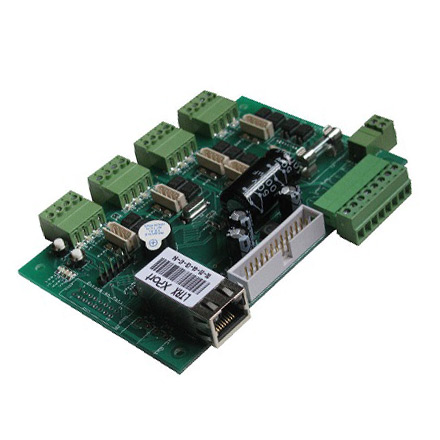

Understanding 15mm Float Glass Properties and Applications
Float glass, a widely used type of glass, is produced through a unique manufacturing process that involves floating molten glass on top of molten tin. The result is a smooth, flat surface that is highly valued for various applications in construction, automotive, and interior design. Among the various thicknesses available, 15mm float glass stands out for its remarkable durability and versatility.
Properties of 15mm Float Glass
One of the primary attributes of 15mm float glass is its thickness, which contributes to its strength and safety. The thickness of the glass plays a crucial role in its ability to withstand impact, making it an ideal choice for locations that require robust materials. This glass can endure significant stress without breaking, which is essential for both residential and commercial settings.
In addition to its strength, 15mm float glass offers excellent optical clarity. The manufacturing process ensures that impurities and bubbles are minimized, allowing for clear, unobstructed views. This quality is particularly advantageous in applications where visibility is paramount, such as large storefront windows or glass facades.
Another notable characteristic is its thermal stability. 15mm float glass is capable of withstanding fluctuations in temperature without compromising its integrity. This makes it suitable for environments where temperature variations are common, such as conservatories or greenhouses. The glass also provides good insulation properties, making it a valuable option for energy-efficient building designs.
Applications of 15mm Float Glass
The applications of 15mm float glass are diverse, reflecting its adaptability and strength. In the construction industry, it is commonly used for windows, doors, and facades. The thickness offers enhanced security and sound insulation, making buildings more comfortable and safer. Additionally, the aesthetic appeal of clear float glass enhances the architectural design of buildings, providing a modern and sleek look.

In residential settings, 15mm float glass is increasingly used in shower enclosures, glass partitions, and balustrades. Its robustness ensures safety in high-traffic areas and adds a touch of elegance to interior spaces. Homeowners appreciate the easy maintenance associated with glass surfaces, as they can be easily cleaned and do not harbor bacteria like other materials.
Moreover, the automotive industry utilizes 15mm float glass in certain applications, such as large sunroofs and panoramic windows. The glass's ability to resist impacts and maintain clarity under various conditions makes it an ideal choice for vehicles that prioritize aesthetics and safety.
Environmental Considerations
As sustainability becomes a growing concern, the production of float glass, including the 15mm variety, is evolving. Modern manufacturing processes are increasingly focusing on energy efficiency and waste reduction. Many producers are utilizing recycled glass in their operations, minimizing the demand for raw materials and reducing environmental impact.
In addition, 15mm float glass can be treated to enhance its energy efficiency further. Low-emissivity (Low-E) coatings can be applied to reflect heat and UV rays while allowing visible light to pass through. This technology not only improves the thermal performance of buildings but also contributes to lower energy bills and a reduced carbon footprint.
Conclusion
In conclusion, 15mm float glass is a remarkable material that combines strength, clarity, and versatility. Its applications in construction, interior design, and automotive industries showcase its value in both functional and aesthetic capacities. As the glass industry continues to innovate and adapt to environmental concerns, 15mm float glass remains a favorable choice for builders, designers, and homeowners alike. Its unmatched durability and elegance ensure its position as a staple material in modern architecture and design.